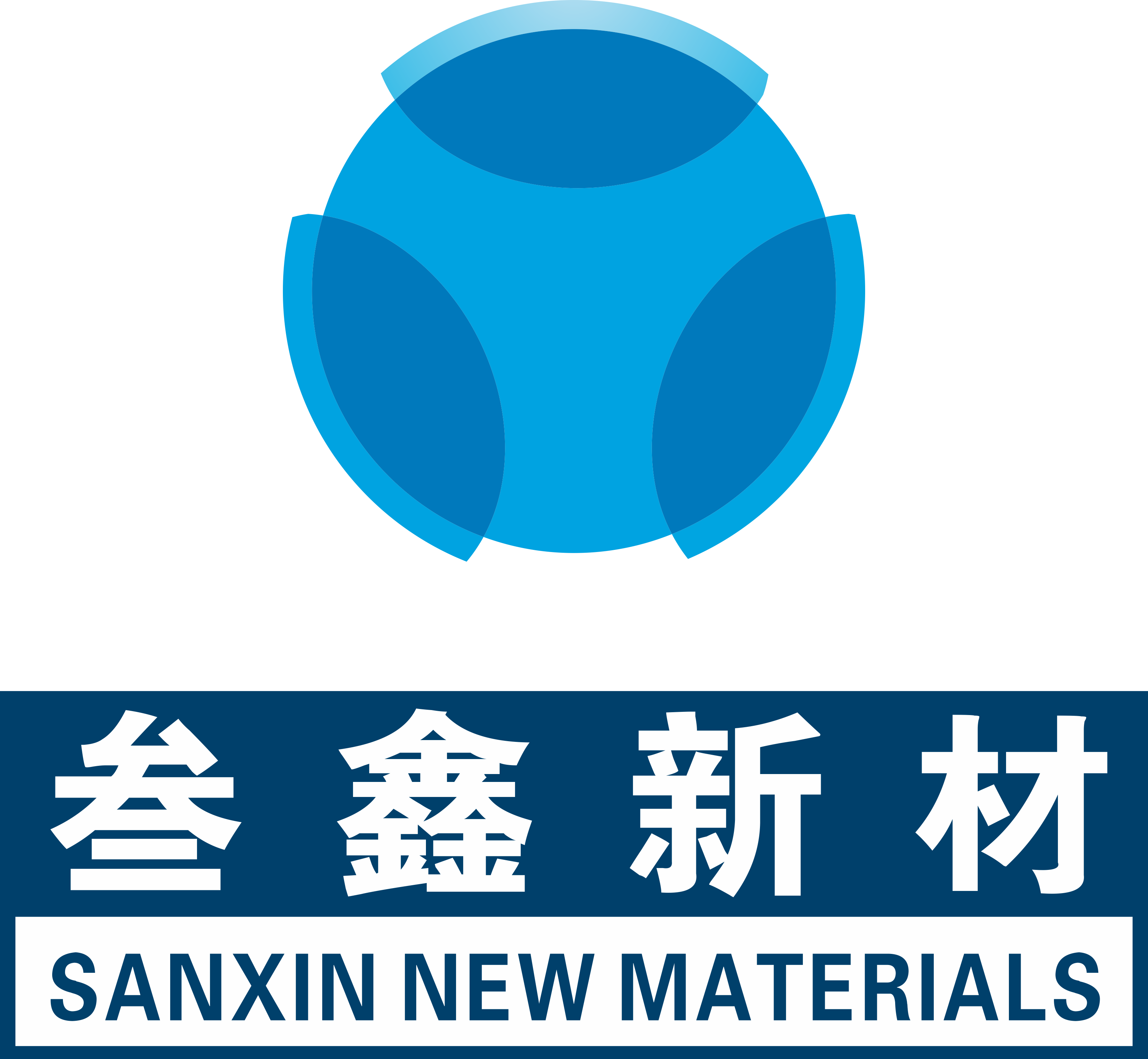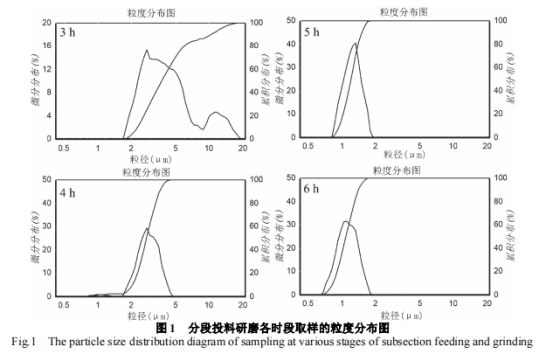Study on preparation and properties of digital ceramic inkjet ink by sectional feeding method
In recent years, with the localization of nano-sand mills, domestic ceramic manufacturers are accelerating the research of ceramic digital inkjet ink. Considering the feasibility of the practical operation, this paper focuses on how to get a kind of stable brown digital ceramic inkjet ink. And of course, it’s of preliminary inquiry. By selecting the dispersion medium, dispersing agent, surface tension regulator and exploring a sectional feeding grinding process, a kind of digital ceramic inkjet ink, which meets the viscosity and pH requirement and can be stored for 76 days, can be attained.

Study on grinding method of ceramic inkjet inkUsing C12~15 alkyl benzoate as dispersion medium,Polyhydroxy stearic acid as dispersant and AEO-3 as surfactant. Put theThe proportion is increased 60 times, so that the total mass is 1.2 kg, in order to adapt to the minimum progress of nano sand millShoes. Gold - brown ceramic ink - jet was prepared by single - feeding method and subsection - feeding method respectivelyInk, the specific steps are as follows:
(1) Respectively weighing the pigment and dispersion reagent (dispersion medium, dispersant, surface activityAgent), put the color and disperse reagent into the raw material tank at one time, open the electric stirringDevice, after mixing evenly, open the nano sand mill, while electric stirring while pumping grinding,The grinding lasted for 6 hours. After grinding to 3, 4 and 5 h, 20 mL samples were taken for inspection.
(2) respectively weighing the pigment and dispersion reagent (dispersion medium, dispersant, surface activityAgent), add the color and disperse medium into the raw material tank, open the electric stirring device, openNano sand mill, electric stirring while pumping grinding. Mix the dispersant with the surfactantAll of them are divided into three parts for reserve. After grinding for 3 h, the slurry becomes very thick and has a conjunctiva surface.Sample 20 mL, then slowly add the first dispersant and surfactant to make slurryThe viscosity decreases and the flow returns. After grinding for 4 h, the slurry thickened again and was sampled20 mL, slowly add the second dispersant and surfactant, continue grinding. grindingAt 5 h, 20 mL was sampled, and the third dispersant and surfactant were added. Continue to studyGrinding 1 h, the total time of 6 h.
(3) After grinding, put a small amount of color paste into a transparent PE plastic bottle and tighten itThe lid was dispersed by ultrasound for 10 min, and then stood. The precipitation was observed and recorded.See Table 4 for device parameter Settings of nano sand mill.
Tab.4 Design of parameters of nano grinding machine
Grinding medium type P2Y 95
Grinding medium diameter 0.4mm
Filling capacity of grinding medium 1.3kg
The filling rate of grinding medium 85 %
Stirring shaft speed 2200 RPM
Feed pump speed 300 RPM
Feed temperature 30 ℃
Discharging temperature 31 ℃
Inlet temperature of cooling water 17 ℃
Cooling water touch temperature 18 ℃
Characterization of ceramic inkjet inks
The ink-jet inks prepared by single feeding method and subsection feeding method were characterized by observation methodStability; The samples with better stability were characterized by laser particle size analyzerThe change of color particle size during grinding; Desktop digital pH meter and rotary viscometer are usedTest the pH value and viscosity of ink; Dip the glass stick into the ink and apply it to the clean glassThe slides were dried at 100 ℃ in an electric constant temperature blast dryerSEM spectrogram analysis; Dip the glass stick into the ink and apply it on the clean ordinary porcelain, sendTo ceramics factory for ultra-high temperature sintering, knock off a small piece of the sintered surface, on it SEM spectrogram analysis.
Results and discussion
Influence of grinding mode on ink stability
According to Table 5, under the condition of the same proportion of each component of ink, the segmented feeding methodThe inks prepared are much more stable than the single feeding method, which shows that the sectional feeding method can make colorThe particle size of the material is smaller. The presence of surfactants and dispersants in ink is for color powderThe surface energy of the final sample enables it to disperse evenly and stably in the medium, but at the same time,Surfactants and dispersants will form a coating layer on the surface of the color powder. This layer encloses the layerIn dispersed media, charge repulsion can make the system more stable, but inIn the process of grinding, the friction coefficient of grinding medium is reduced, and the color particle size is blockedRefinement. Therefore, one-time feeding method due to the presence of surfactant and dispersant in the materialIt is difficult to prepare nanometer color paste. The sublevel feeding is adopted without adding surface activityIn the case of agent and dispersant, nano sand mill can fully grind the color material, powderThe surface energy of granule increases with the decrease of particle size, which is macroscopically manifested as thickening of slurry.At this time add a small amount of surfactant and dispersant, appropriate to reduce the surface energy of the powderIt does not form a coating layer, so that the slurry can resume fluidity so as to continue grinding.Cycle theIn this process, the powder can be ground more and more fine, and finally get the nanometer color paste.
2.2 Laser particle size analysis
Table 6 shows the particle size characteristic parameters of sampling at each period of sublevel feeding and grinding.







